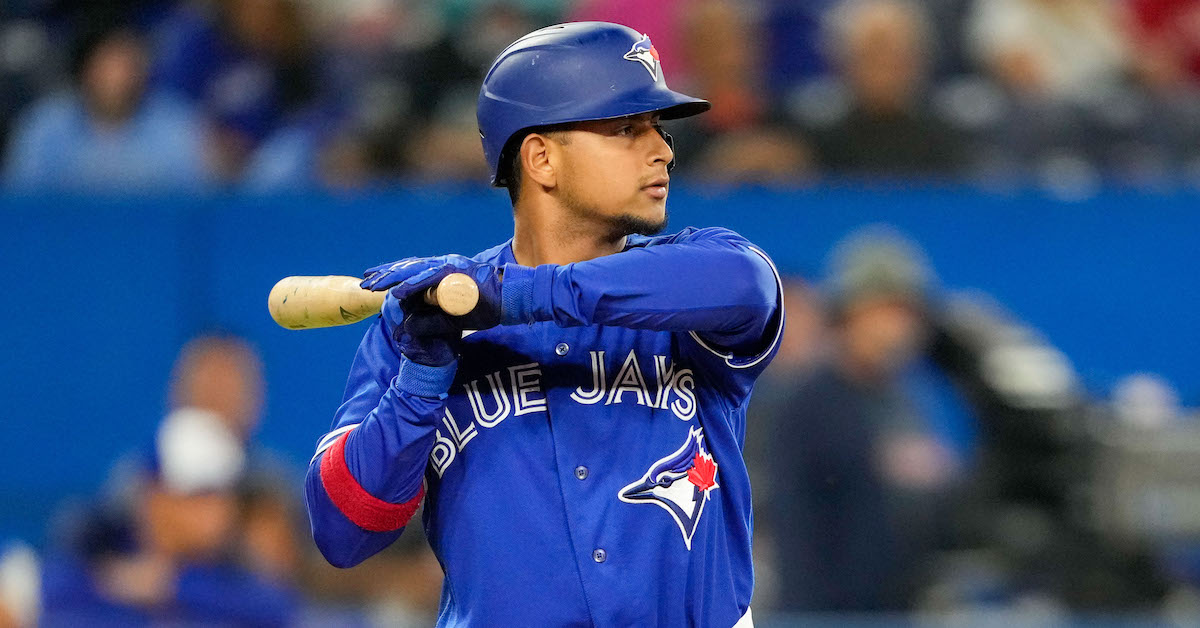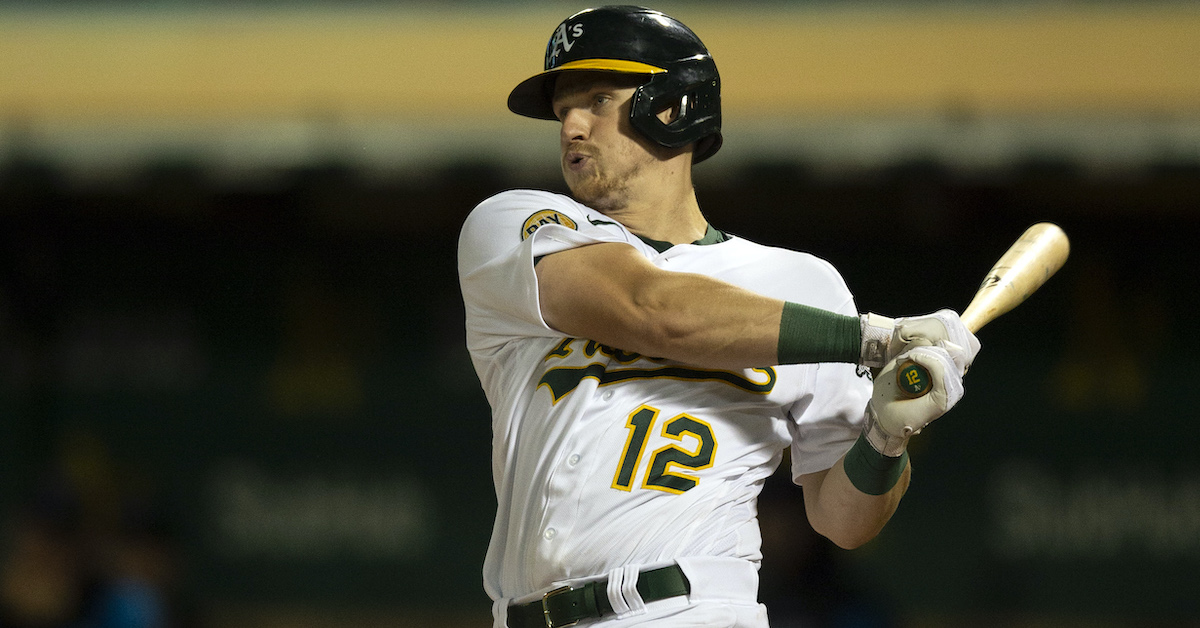Arizona and Toronto Make a Bold Swap

The Arizona Diamondbacks front office isn’t afraid to make marquee “challenge trades,” deals that are consummated in a place of competitive neutrality rather than between one “buyer” and one “seller,” swaps that have more to do with player fit, or the opportunity to move a player at the peak of their trade value in exchange for one you ordinarily wouldn’t be able to acquire. They did it when they sent Jazz Chisholm Jr. to Miami for Zac Gallen and pulled off a version of it when they acquired Starling Marte from Pittsburgh. Christmas Eve Eve brought the latest example, with Arizona sending outfielder Daulton Varsho to the Toronto Blue Jays in exchange for left fielder Lourdes Gurriel Jr. and catcher Gabriel Moreno. Varsho and Moreno probably aren’t names casual baseball fans know. In fact, I’d wager the culture is more familiar with Gurriel’s wavy, meringue-like locks than the two cornerstones of this trade, as Varsho has come of age in relative obscurity near the basement of a loaded NL West, and Moreno (though no longer rookie eligible due to days on the active roster) spent most of 2022 gestating in Buffalo. Instead, this is a blockbuster for the nerds and hardcore seamheads, a deal that fortifies a contending team’s lineup while giving the other club a rare opportunity to acquire a recently graduated top prospect and field a young, high-ceiling’d roster that might be able to slay the blue and brown dragons in its division if most of the youngsters pan out as hoped.
As of now, Varsho is the most accomplished and successful player in the trade. A former top 100 prospect himself, 2022 was Varsho’s third big league season, but the first in which he played the entire slate at the big league level. He had a career year, slashing .235/.302/.443 with 27 homers, 53 total extra-base hits, and 16 steals in 22 attempts, all while playing several positions, including some center field and catcher. Even with the low batting average and on-base percentage, Varsho’s season was good for a whopping 4.6 WAR, placing him 26th among all position players in baseball. A huge chunk of that WAR total comes from Varsho’s defensive metrics, as Statcast has him evaluated as having been worth 18 Outs Above Average in the outfield, sixth in all of baseball in 2022 and first among everyday outfielders.
It’s wise to take defensive metrics with a grain of salt. Even for a relatively fleet-footed player, such a superlative performance was surprising given Varsho’s catching background and prospect evaluation, which projected him to an outfield corner in the event that he couldn’t stick behind the plate. If he were truly an elite right fielder and plus center fielder (his OAA were split pretty evenly between the two positions), why wasn’t he just being deployed as an outfielder throughout his career? Part of the reason Varsho’s statistical performance is in its own stratosphere is the sheer number of opportunities rated “three star” and above he had throughout the 2022 season. He ranked no lower than 15th in all of baseball in opportunities to make three-, four-, and five-star plays on defense. But he did make those plays, all at a rate near the top of the big league leaderboards, including every single three-star play he was tasked with, a great distance from the rest of his peers when you combine raw opportunity and rate of success. Read the rest of this entry »








